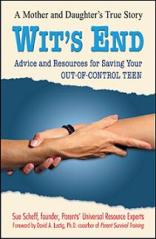Combined with the stress of job hunting, having debt can be worrisome and cause anxiety. Will you ever catch up and pay it all off?
For Students and Recent Grads
Geared towards those who’ve just emerged from school or who are due to graduate soon, these finance blogs deal with a wide range of grad finance issues.
- Studentnomics: This blog is all about helping young people like yourself pay off their students debts, save their money and enjoy living life in the real world.
- The Frugal Law Student: Anyone with crushing school debt can understand the concerns of this law student struggling to save and make ends meet.
- 20 Something Finance: As you enter your 20s, you’ll learn more than a few things about personal finance. This blog is there to help you along the way.
- Poorer Than You: Check out this site for posts on financial issues that affect students and young grads, like school debt, building net worth and much more.
- Money Under 30: There are some money issues that are a lot more important to fresh grads and twenty-somethings than those over 30. Learn more about them on this site.
- Grad Money Matters: Your education may have helped get you a job, but it doesn’t guarantee smarts when it comes to money. Learn more about financial issues that all grads should be worried about here.
- Green Panda Treehouse: The financial articles on this blog are geared towards money issues that new grads face, from finding a first post-college job to paying off those horrible school debts.
Be an educated parent, pass it on to your teens.
Continue reading on Examiner.com: Money, money, money: Teaching teens to get out of debt early - Fort Lauderdale Parenting Teens | Examiner.com http://www.examiner.com/parenting-teens-in-fort-lauderdale/money-money-money-teaching-teens-to-get-out-of-debt-early#ixzz1Ei3b3kl3








